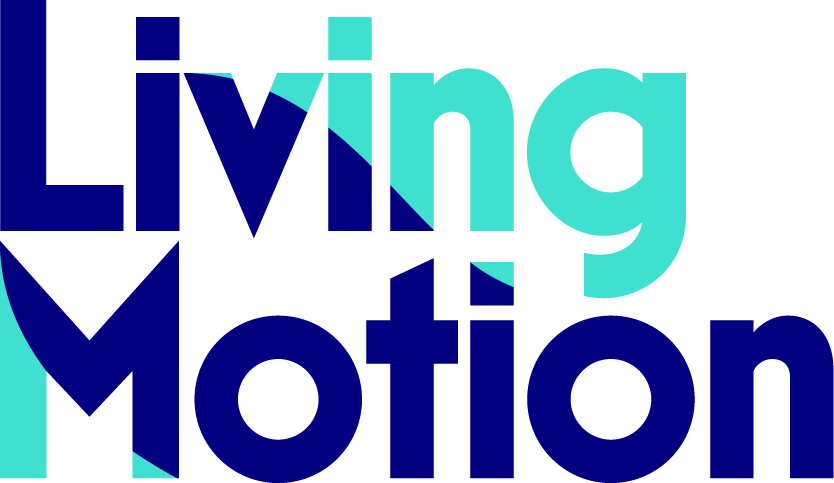
Why we rush to solutions — and how AI can help us stay curious
A reflection on the quiet disappearance of creativity—and how we might find our way back to it.
Summary
We often believe creativity is about brilliance. But more often, it’s about patience.
This reflection explores why we tend to grab the first idea that shows up—and how tools like generative AI can help us resist that urge, re-enter exploration, and stay open longer.
Why we rush to solutions — and how AI can help us stay curious
We rarely sit in uncertainty for long. As soon as something even resembles a solution, we tend to grab it. Then we polish it. Then we defend it. We argue its value, shape it into a story, and convince others why it's the best way forward.
But here's the strange part: that “solution” might not solve the actual problem at all.
Still, we cling to it—often fiercely.
Why?
Because uncertainty is uncomfortable. Open questions feel exposed. And the longer they remain open, the louder the pressure grows—internally and externally—to land somewhere.
This is a reflection on what happens when we rush that landing. On how creativity quietly disappears before we even notice. And on how a surprising companion—generative AI—can help us stay curious a little longer.
Our brains love answers—but not necessarily the right ones
Our minds are extraordinary at spotting patterns and closing loops. It’s part of how we’ve survived as a species. Ambiguity triggers alertness. Certainty brings relief.
So when a possible answer shows up, we experience a small reward. A breath.
“Yes, that must be it.”
The earlier we commit to a direction, the safer we feel. But what looks like momentum is often a freeze-frame. We stop exploring. We start defending. We move from curiosity into protection.
And strangely, even in teams or situations where no decision is made and no action is taken, we’ll still spend weeks circling one idea—just because it appeared first.
Creativity requires a different climate
If early closure comforts us, creativity unsettles us. It asks for something very different:
Space, not pressure.
Openness, not judgment.
Permission to not know, for a while.
And creativity doesn’t just emerge through logic. Often, new insights rise through cross-thinking—inspiration from images, music, movement, stories, nature. Truths we can’t reach with reason alone begin to stir in the subconscious, in the body.
“New ideas often appear where we stopped looking and started listening.”
These early ideas are fragile. And if we immediately hold them up against fully developed, logical, polished ones—they won’t survive. They need time. Silence. Trust.
The frustration loop
But when that space isn’t there, we try to force it.
We sit down and try to “be creative.” And nothing comes. Or what does come, we instantly judge: “No, not good enough.” And the pressure increases.
We try harder. Push more. Fight with our own thoughts.
“When effort increases and value decreases, frustration takes over—and curiosity vanishes.”
This loop feeds itself. It drains energy. It leads people to say things like:
“Maybe I’m just not a creative type.”
I see this in sessions often. People who want to contribute. Who want to think originally. But who become blocked—silently or visibly—because the system inside them is overloaded by pressure and stripped of permission.
Where AI comes in: the horse and the rider
Now imagine this:
Each time you hit a wall, a partner steps in. It suggests five other directions. Some odd, some messy, some promising. But all unexpected. All gently asking, what else could this be?
Generative AI can be that partner. Not because it’s brilliant. But because it’s different. And because it doesn’t judge.
“AI doesn’t make you more creative. It helps you stay in the space where creativity still lives.”
One of the metaphors I often use: AI is the horse. Fast, strong, endlessly capable. But the human is the rider. The one who chooses where to go. Without direction, the horse is just movement. Without power, the rider goes nowhere. Together, they cover distances neither could reach alone.
Light in the room again
In my work, I’ve seen what happens when people begin using AI in creative processes—not for answers, but for possibility.
Someone types a vague prompt. Something half-formed. AI returns ten strange ideas. The person smiles. Tries again. Varies the angle. Asks something playful:
“Design an educational setting that feels like a quiet afternoon in the Alps.”
And it answers.
Not all of it is useful. But something opens. The energy comes back. The room softens. And suddenly, ideas flow again—not from AI, but from the person who had been stuck minutes before.
“AI brings joy back into thinking—because it offers generosity instead of judgment.”
And that joy, that looseness, that sense of exploration—that’s what makes the creative process human again.
Staying longer in curiosity
Creativity isn’t a trait some people have and others don’t. It’s a space some people have learned to stay in—and most people have learned to escape quickly.
But we can return to it.
Tools like generative AI, when used reflectively, don’t give you answers. They give you the courage to stay open longer. They offer support when your own mind turns against you. They help ideas grow before they’re judged.
You don’t need to force creativity.
You need to stop forcing conclusions.
And maybe, next time you feel the rush toward certainty, you can pause just long enough to ask:
What else could this be?
Want to explore this kind of reflection in your own context?
I’d be glad to hear your thoughts.
